Careful! It’s Slippery Out There!
November 28, 2016
I love the winter! It’s always fun to play in the snow. But did you know that the winter can bring other types of precipitation besides snow? Other forms of wintry precipitation include freezing rain and sleet.
One really cool weather fact is that water can be liquid below 32°F, when it is supposed to freeze! This is called supercooled water. Freezing rain can happen when snow falls through warm air (above freezing) and melts into rain before it falls into cold air right at the surface. It is supercooled, so it stays liquid even through the cold air until it hits the ground. Upon hitting the ground, freezing rain immediately turns into ice. If there is a significant amount of freezing rain, with more than ¼ inch of ice on the ground, it is known as an ice storm.
When it freezes, it can make driving or walking dangerous because it makes everything slippery. Freezing rain can also be dangerous because it is very heavy, and can snap tree branches or power lines, causing a power outage. Also, when it’s still falling from the sky, freezing rain can be hazardous to aircraft.
Sleet is similar to freezing rain except it falls through more cold air before it hits the ground. While freezing rain doesn’t actually freeze until it hits the ground, sleet freezes before hitting the ground, turning into a slushy pellet. Once it hits the ground, it can also be very slippery.
If a freezing rain advisory is issued for your area from the National Weather Service, avoid driving and make sure you have your flashlight and NOAA Weather Radio handy!



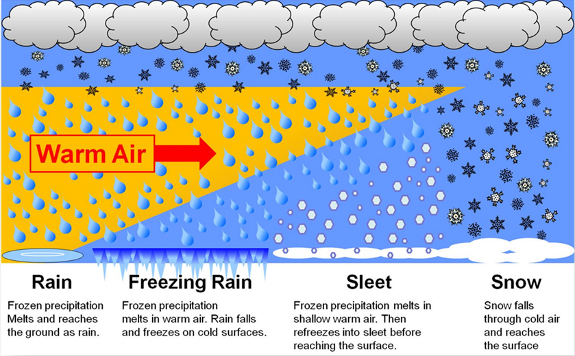
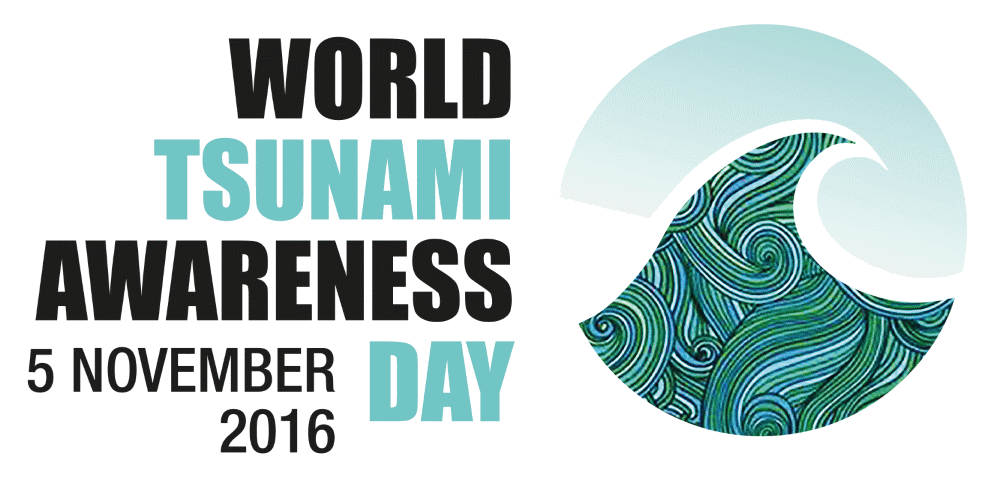
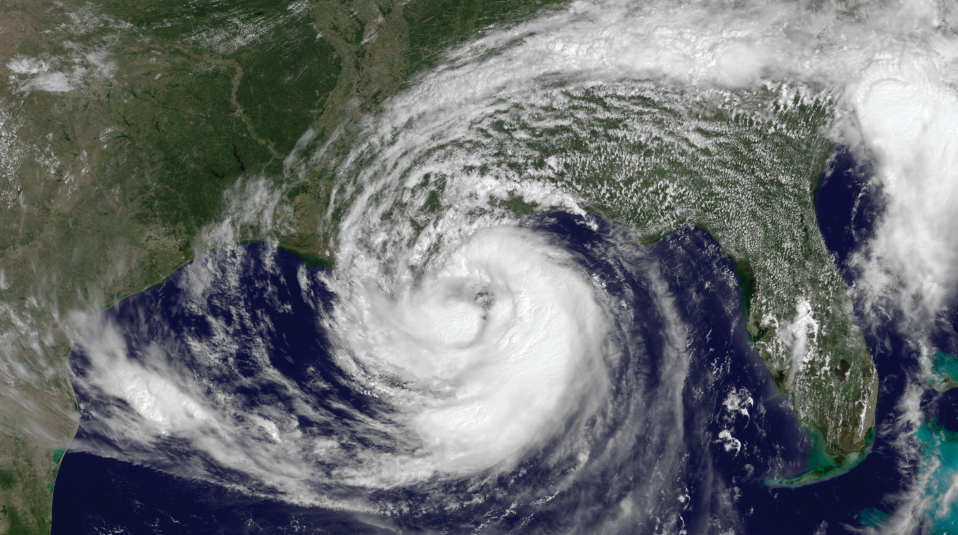

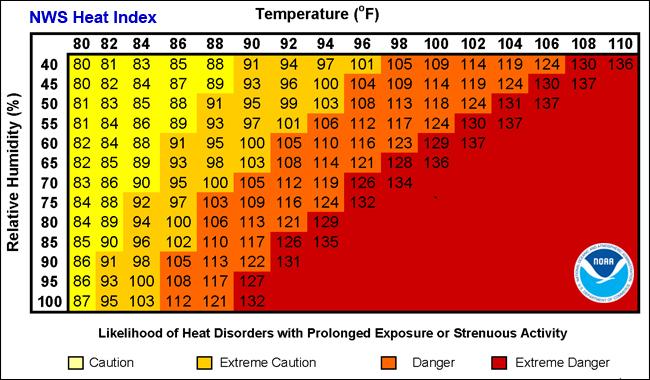
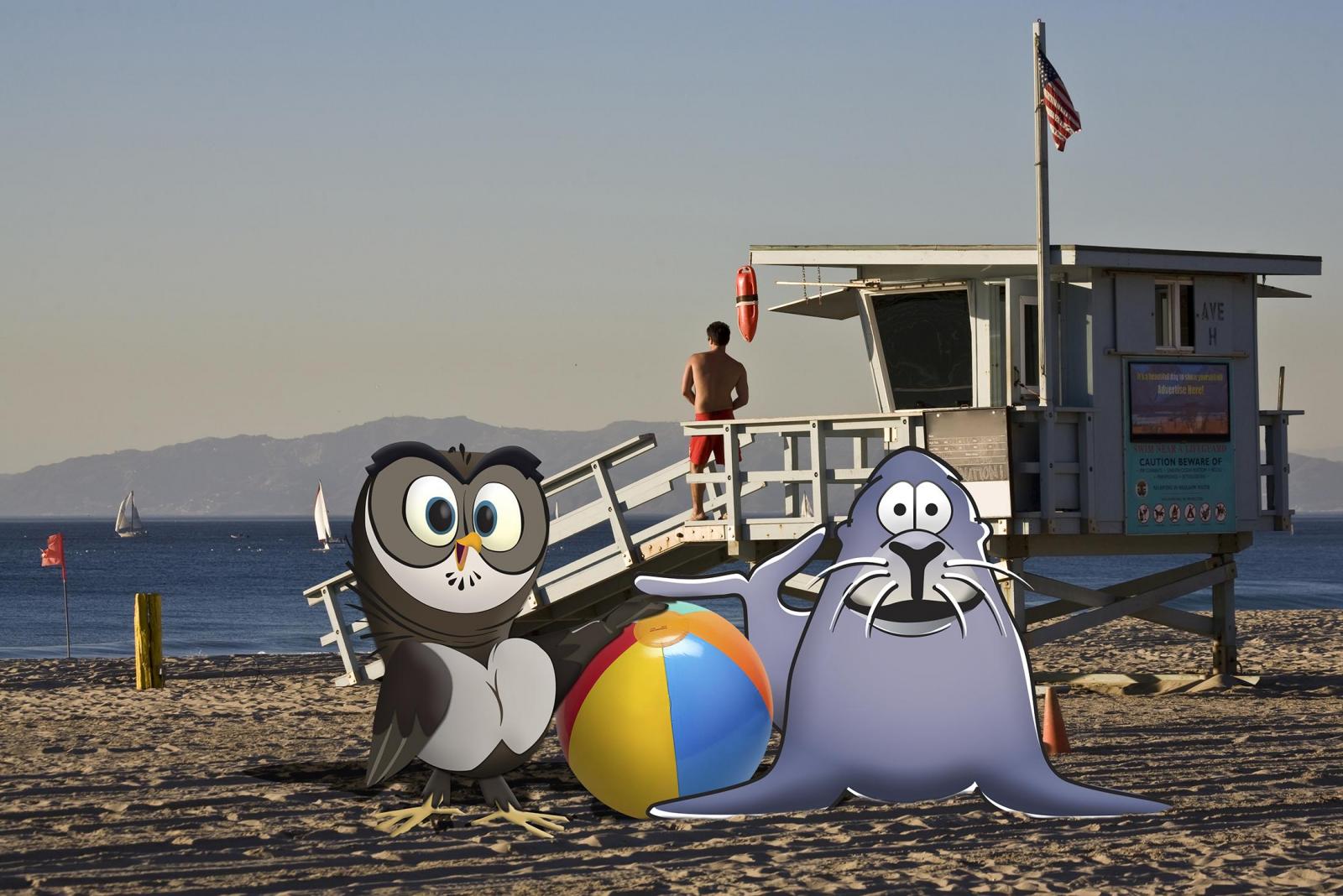
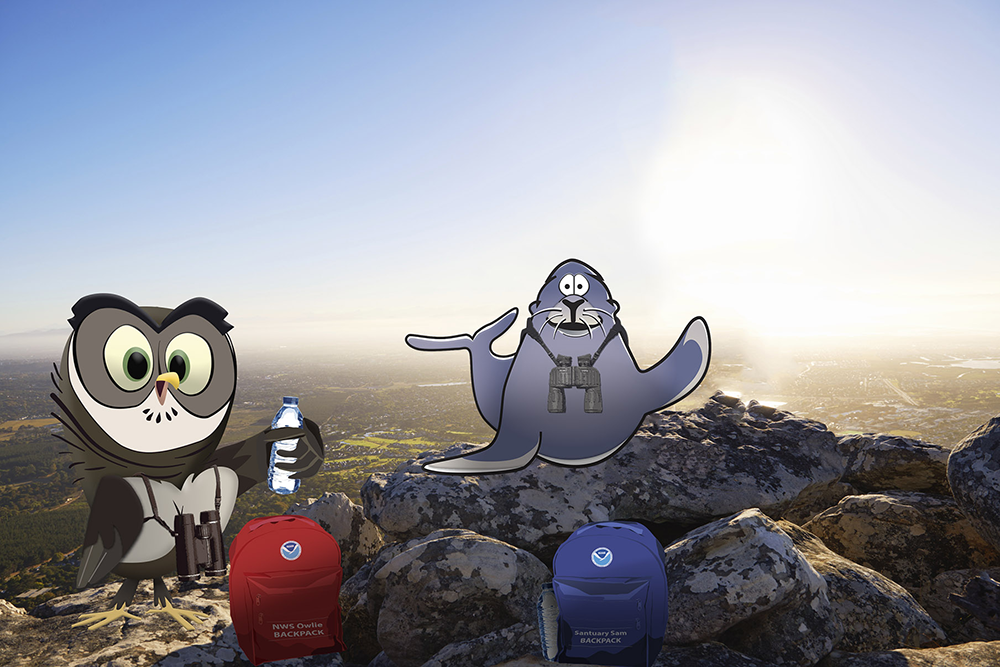
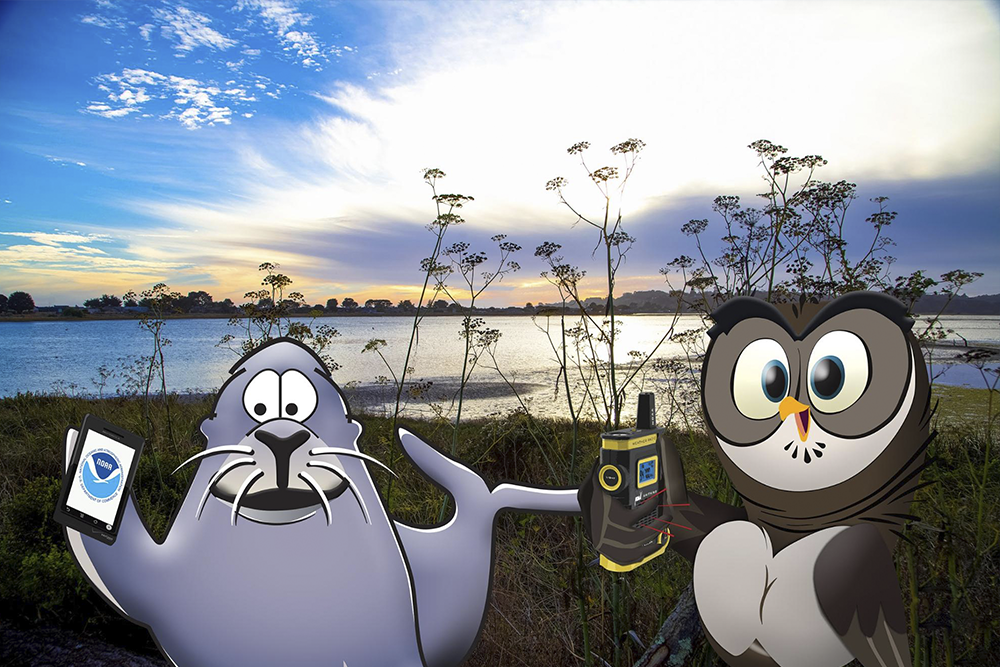
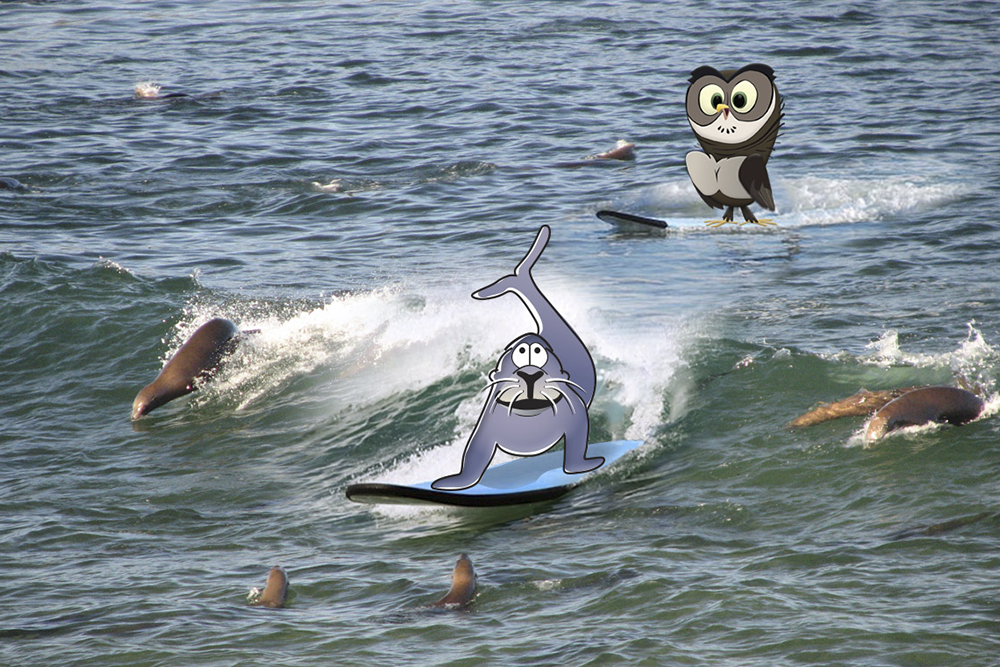

.jpg)
